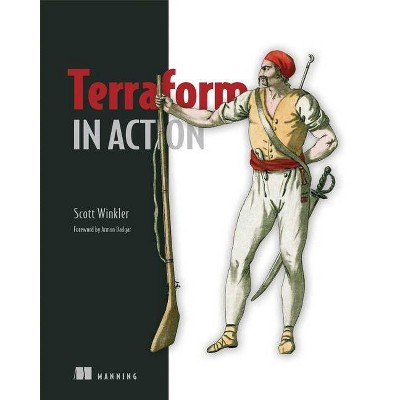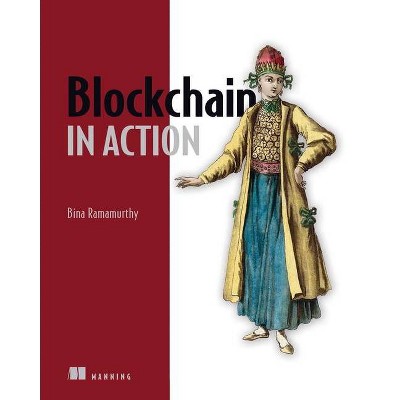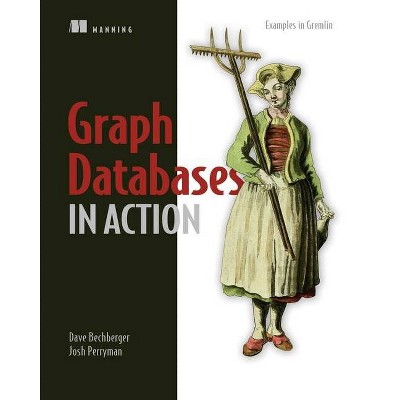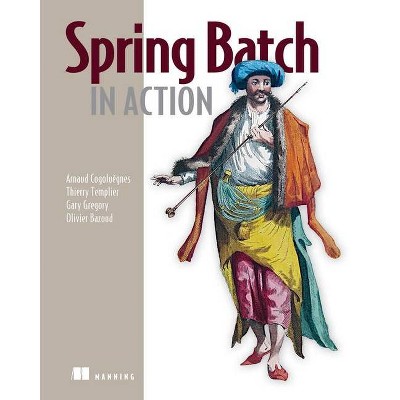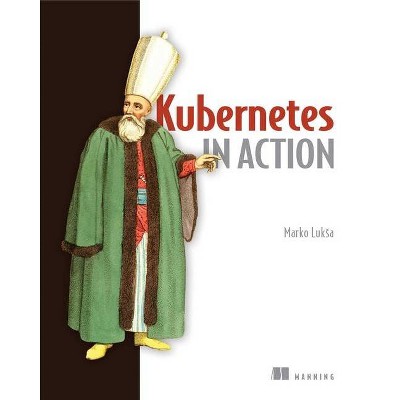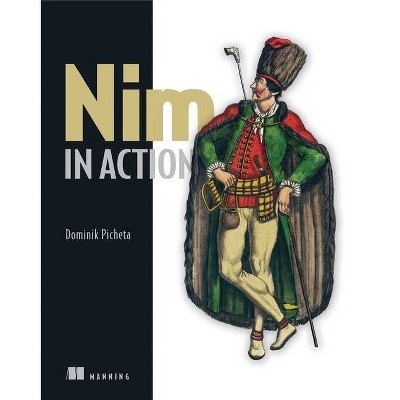Rust in Action - (In Action) by Tim McNamara (Paperback)

Similar Products
Products of same category from the store
AllProduct info
<p/><br></br><p><b> Book Synopsis </b></p></br></br><b><i>Rust in Action</i> is a hands-on guide to systems programming with Rust. Written for inquisitive programmers, it presents real-world use cases that go far beyond syntax and structure.</b> <p/><b>Summary</b><br> <i>Rust in Action</i> introduces the Rust programming language by exploring numerous systems programming concepts and techniques. You'll be learning Rust by delving into how computers work under the hood. You'll find yourself playing with persistent storage, memory, networking and even tinkering with CPU instructions. The book takes you through using Rust to extend other applications and teaches you tricks to write blindingly fast code. You'll also discover parallel and concurrent programming. Filled to the brim with real-life use cases and scenarios, you'll go beyond the Rust syntax and see what Rust has to offer in real-world use cases. <p/> Purchase of the print book includes a free eBook in PDF, Kindle, and ePub formats from Manning Publications. <p/> <b>About the technology</b><br> Rust is the perfect language for systems programming. It delivers the low-level power of C along with rock-solid safety features that let you code fearlessly. Ideal for applications requiring concurrency, Rust programs are compact, readable, and blazingly fast. Best of all, Rust's famously smart compiler helps you avoid even subtle coding errors. <p/> <b>About the book</b><br> <i>Rust in Action</i> is a hands-on guide to systems programming with Rust. Written for inquisitive programmers, it presents real-world use cases that go far beyond syntax and structure. You'll explore Rust implementations for file manipulation, networking, and kernel-level programming and discover awesome techniques for parallelism and concurrency. Along the way, you'll master Rust's unique borrow checker model for memory management without a garbage collector. <p/> <b>What's inside</b> <p/> Elementary to advanced Rust programming<br> Practical examples from systems programming<br> Command-line, graphical and networked applications <p/> <b>About the reader</b><br> For intermediate programmers. No previous experience with Rust required. <p/> <b>About the author</b><br> <b>Tim McNamara</b> uses Rust to build data processing pipelines and generative art. He is an expert in natural language processing and data engineering. <p/> <b>Table of Contents</b> <p/> 1 Introducing Rust<br> PART 1 RUST LANGUAGE DISTINCTIVES<br> 2 Language foundations<br> 3 Compound data types<br> 4 Lifetimes, ownership, and borrowing<br> PART 2 DEMYSTIFYING SYSTEMS PROGRAMMING<br> 5 Data in depth<br> 6 Memory<br> 7 Files and storage<br> 8 Networking<br> 9 Time and timekeeping<br> 10 Processes, threads, and containers<br> 11 Kernel<br> 12 Signals, interrupts, and exceptions<p/><br></br><p><b> About the Author </b></p></br></br><b>Tim McNamara</b> is an experienced programmer with a deep interest in natural language processing, text mining, and wider forms of machine learning and artificial intelligence. He is very active in open source communities including the New Zealand Open Source Society.
Price History
Price Archive shows prices from various stores, lets you see history and find the cheapest. There is no actual sale on the website. For all support, inquiry and suggestion messagescommunication@pricearchive.us
